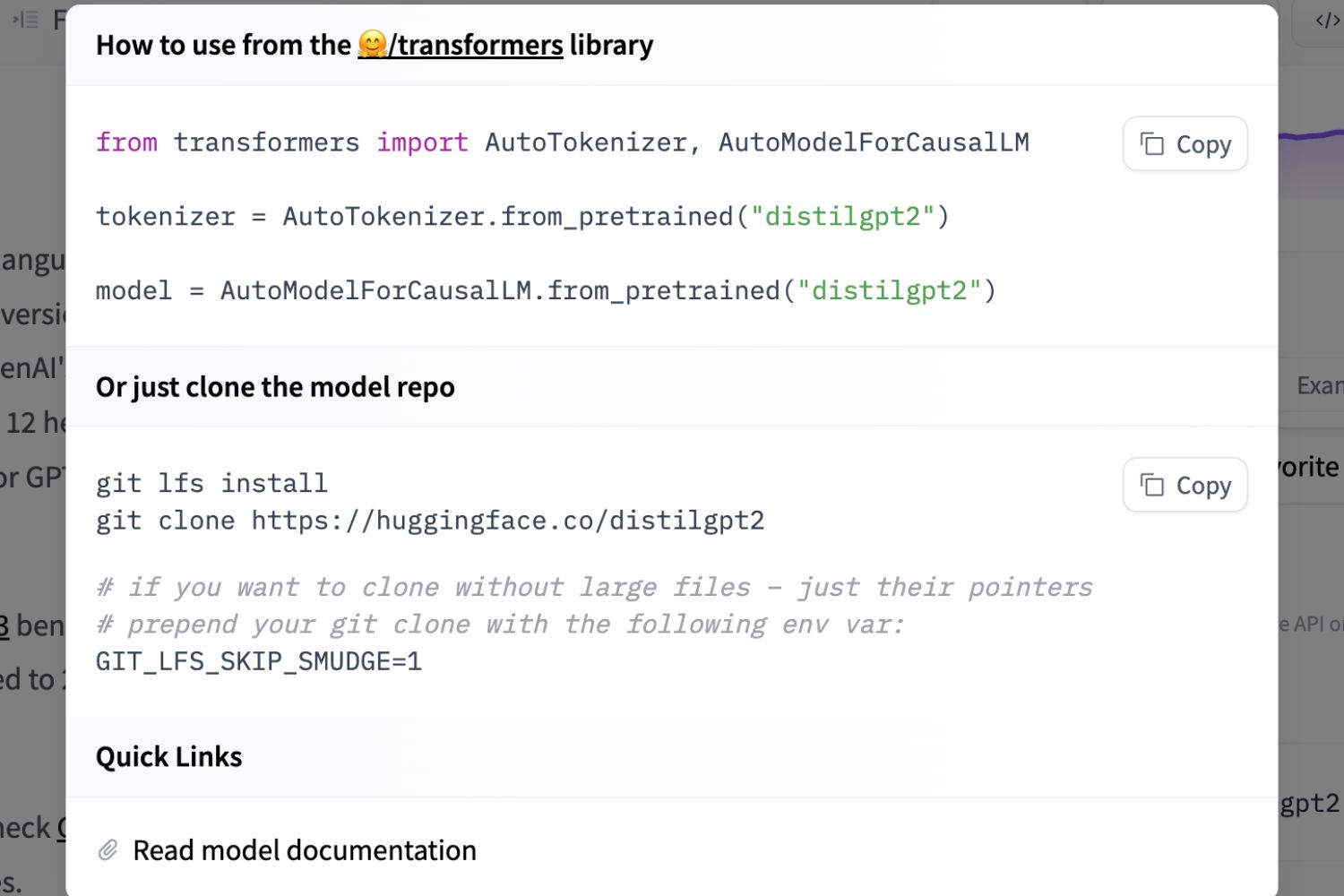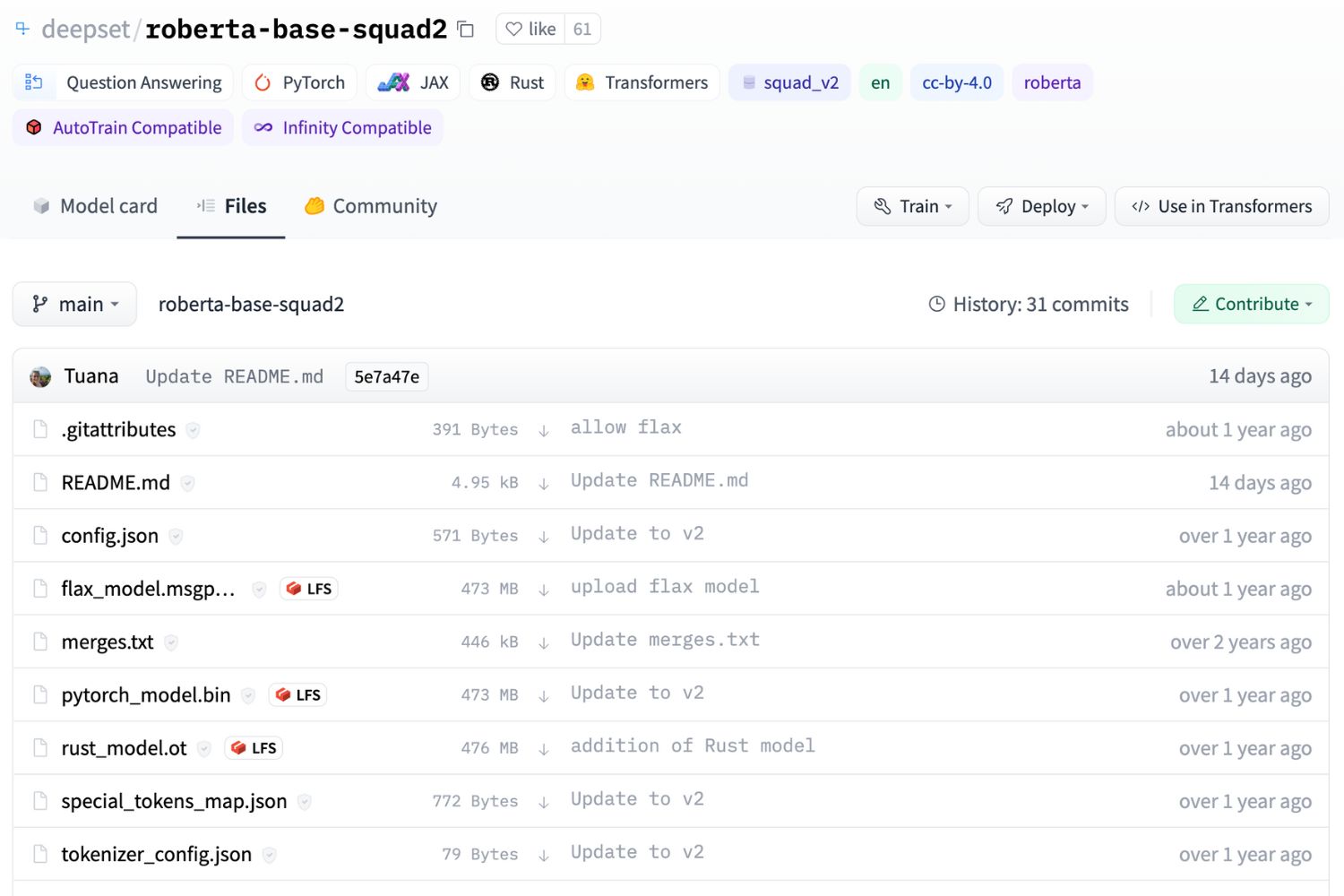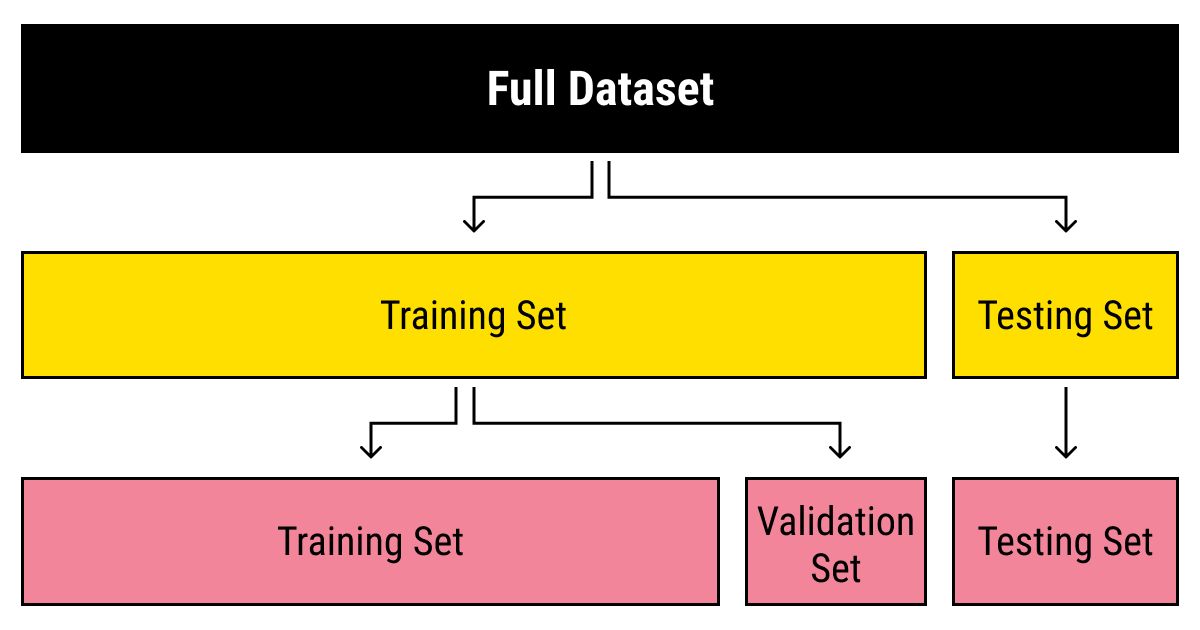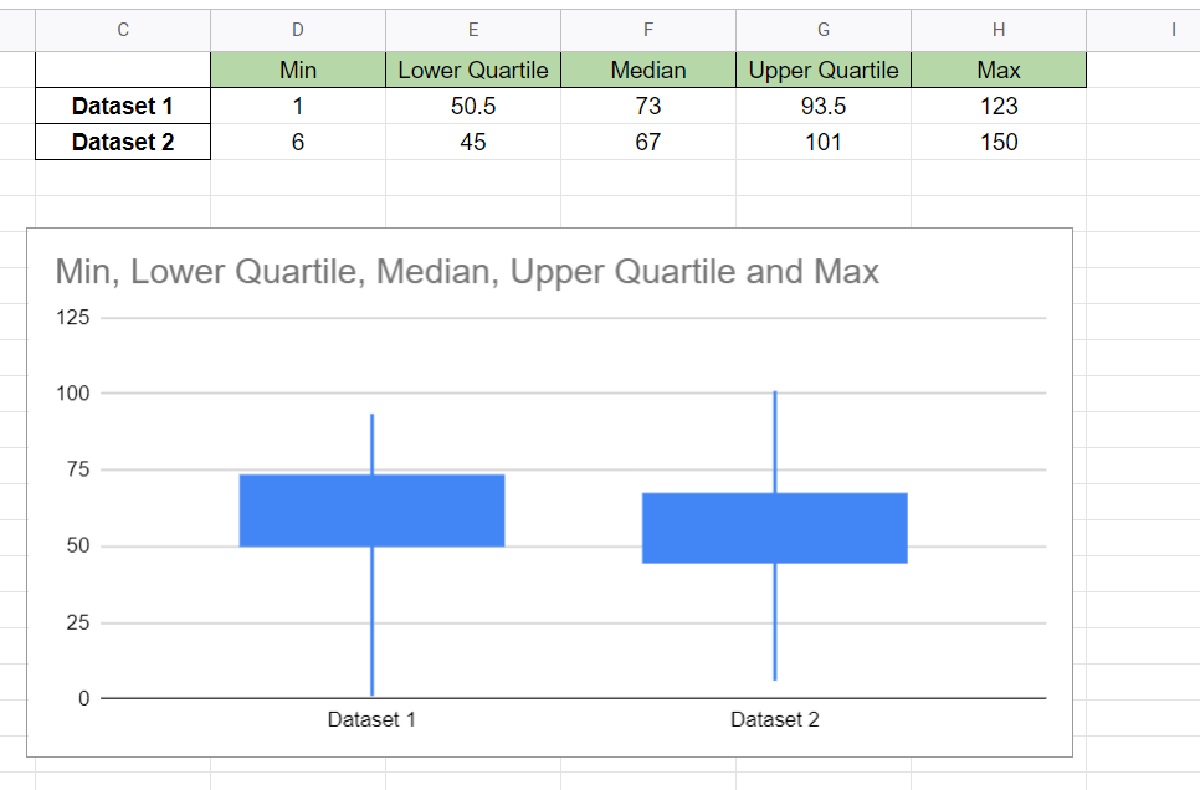Introduction
Welcome to our guide on how to download datasets from Huggingface! Huggingface is a popular library that provides a wide range of machine learning datasets, making it easier for researchers and practitioners in the field to access and work with data. Whether you are a student, a data scientist, or a machine learning enthusiast, Huggingface datasets can be a valuable resource for your projects.
Downloading datasets from Huggingface is a straightforward process that can be accomplished with just a few lines of code. In this article, we will walk you through the steps required to install the Huggingface Datasets library, import the necessary modules, load a dataset, and ultimately download it to your local machine.
By the end of this guide, you will have a clear understanding of how to leverage the power of Huggingface to access and acquire diverse datasets for your machine learning and natural language processing tasks. This skill will empower you to explore a vast array of datasets and confidently integrate them into your projects.
Whether you’re working on sentiment analysis, text classification, machine translation, or any other NLP task, Huggingface datasets can provide you with high-quality, pre-processed data that saves you time and effort in data acquisition. So let’s dive in and learn how to download datasets from Huggingface!
Prerequisites
Before we begin, there are a few prerequisites you need to have in place to successfully download datasets from Huggingface.
Firstly, make sure that you have Python installed on your computer. Huggingface is a Python library, so having a Python environment is essential. You can download and install Python from the official Python website (python.org) if it’s not already installed.
In addition to Python, you will need to have the pip package manager installed. Pip is a package installer for Python that allows you to easily install and manage libraries and dependencies. Most Python installations come with pip pre-installed, but if for some reason it’s not available, you can refer to the pip documentation (pip.pypa.io) for instructions on how to install it.
Furthermore, it is recommended to have a basic understanding of Python programming and familiarity with working in a command-line interface (CLI). This will help you navigate through the installation process and execute the necessary commands to download the datasets.
Lastly, you will need an internet connection to access the Huggingface library and download the datasets. Make sure that you have a stable internet connection before proceeding with the steps outlined in this guide.
Once you have these prerequisites in place, you’re ready to get started with downloading datasets from Huggingface. Let’s move on to the next step, which is installing the Huggingface Datasets library.
Step 1: Install the Huggingface Datasets library
The first step in downloading datasets from Huggingface is to install the Huggingface Datasets library. This library provides a convenient interface for accessing and working with a wide range of datasets.
To install the Huggingface Datasets library, open your command-line interface (CLI) and run the following command:
pip install datasetsThis command will download and install the latest version of the library. Once the installation is complete, you’re ready to proceed to the next step.
It’s worth noting that the Huggingface Datasets library is built on top of another popular library called PyTorch. If you haven’t already installed PyTorch, you can do so by running the following command:
pip install torchInstalling PyTorch is not always necessary for working with Huggingface datasets, but some datasets and models may have dependencies on PyTorch. It’s recommended to have PyTorch installed, especially if you plan to use advanced features of the library.
With the Huggingface Datasets library installed, you can now move on to the next step, which is importing the necessary modules for working with the library.
Step 2: Import the necessary modules
Once you have successfully installed the Huggingface Datasets library, the next step is to import the necessary modules into your Python script or notebook. These modules will provide the functionalities needed to load and work with the datasets.
To import the Huggingface Datasets module, use the following line of code:
from datasets import load_datasetThis line of code imports the load_dataset function from the datasets module. The load_dataset function is a key component of the Huggingface Datasets library, allowing you to easily load and access datasets by specifying their names.
In addition to importing the load_dataset function, you may also need to import other modules or libraries depending on your specific use case. For example, if you plan to perform text preprocessing or apply machine learning models to the datasets, you may need to import modules like Transformers or Torch.
Once you have imported the necessary modules, you can proceed to the next step, which is loading the dataset of your choice.
Now that we have the required modules imported, let’s move on to the next step – loading the dataset.
Step 3: Load the dataset
After installing the Huggingface Datasets library and importing the necessary modules, the next step is to load the dataset that you want to download. The load_dataset function provided by Huggingface makes it easy to access a wide variety of datasets.
To load a dataset, you can use the following code:
dataset = load_dataset("dataset_name")In the code snippet above, replace “dataset_name” with the specific name of the dataset you want to load. Huggingface provides a collection of popular datasets that you can choose from, such as “imdb”, “amazon_polarity”, “glue”, and many more.
When you load a dataset using the load_dataset function, it automatically fetches the dataset from the Huggingface Datasets repository and prepares it for use in your Python script or notebook. The dataset is stored in a convenient format that allows you to easily access and manipulate its contents.
Once the dataset is loaded, you can access its contents and explore its structure. You can typically access the data using dictionary-like keys or attributes, depending on the dataset format. For instance, you might access the training data using dataset["train"] or dataset.train, depending on the dataset implementation.
By loading the dataset, you have taken a crucial step towards downloading it. In the next step, we will explore the dataset and understand its characteristics.
Now that you have successfully loaded the dataset, let’s move on to the next step – exploring the dataset.
Step 4: Explore the dataset
Once you have loaded the dataset, it’s important to spend some time exploring its contents and understanding its structure. This will help you gain insights into the data and determine how it can be used for your specific task.
The loaded dataset is typically a collection of data points, where each data point represents a single example or instance. For example, in a sentiment analysis dataset, each data point might consist of a text review and its corresponding sentiment label.
To get a sense of the dataset, you can start by checking its size or the number of data points it contains. You can do this by using the len() function:
num_examples = len(dataset)
print("Number of examples:", num_examples)By printing the number of examples, you will have an idea of the dataset’s scale and the amount of data you will be working with.
Next, you can examine the structure and format of the dataset. You can do this by inspecting the keys or attributes of the loaded dataset:
dataset_keys = dataset.keys()
print("Dataset keys:", dataset_keys)This will provide you with information on the available data splits, such as “train”, “validation”, and “test”. You can also access the data within each split by using the corresponding key.
In addition to the keys, you can explore the specific features or attributes of the dataset. For example, if the dataset contains text data, you can display a preview of the text samples:
sample_texts = dataset["train"][:5] # Get a sample of 5 text examples
for text in sample_texts:
print(text)By printing a few sample texts, you can gain an understanding of the data format and see how the text samples are structured.
Exploring the dataset will give you valuable insights and help you understand the characteristics of the data you are working with. This information will be useful in the next step, where we download the dataset to our local machine.
Now that we have explored the dataset, let’s move on to the final step – downloading the dataset to our local machine.
Step 5: Download the dataset to your local machine
After exploring and understanding the dataset, the final step is to download the dataset to your local machine. This allows you to have a local copy of the dataset that you can work with offline or use for further analysis.
To download the dataset from Huggingface, you can use the following code:
dataset.download_and_prepare()This command triggers the download and preparation process for the dataset. The dataset will be downloaded from the Huggingface repository and any necessary preprocessing steps will be performed.
Depending on the size of the dataset and your internet connection speed, the downloading and preparation process may take some time to complete. You’ll see a progress bar indicating the progress of the download and preparation.
Once the dataset is downloaded and prepared, it will be stored in a directory on your local machine. The exact location will depend on your operating system and configuration.
Now that you have successfully downloaded the dataset to your local machine, you can start working with it using your preferred programming tools and libraries.
With the dataset downloaded and ready, you can now leverage it for various machine learning tasks, such as training models, conducting experiments, or performing data analysis.
In this guide, you have learned how to install the Huggingface Datasets library, import the necessary modules, load a dataset, explore its contents, and download it to your local machine. By following these steps, you can easily access and acquire diverse datasets for your machine learning and natural language processing projects.
Happy downloading!
Conclusion
In this guide, we have explored the process of downloading datasets from Huggingface. By following the steps outlined, you can easily access and acquire a wide range of datasets for your machine learning and natural language processing tasks.
We began by installing the Huggingface Datasets library, which provides a convenient interface for working with datasets. Then, we imported the necessary modules to load and manipulate the datasets in Python.
After that, we loaded a dataset of our choice using the load_dataset function, allowing us to access and explore the data. We examined the dataset’s size, structure, and features to gain insights into its characteristics.
Finally, we downloaded the dataset to our local machine, which provided us with a local copy of the data for offline use or further analysis.
Having the ability to download datasets from Huggingface opens up a world of possibilities for researchers, data scientists, and machine learning enthusiasts. It empowers you to access high-quality, pre-processed data and saves you time and effort in data acquisition.
With the acquired dataset, you can now leverage it for a variety of machine learning tasks, including model training, algorithm development, and data analysis. Furthermore, the Huggingface Datasets library provides a seamless integration with other libraries such as Transformers, making it easier to build and deploy powerful machine learning models.
By incorporating diverse datasets from Huggingface into your projects, you can enhance the performance, flexibility, and generalization of your machine learning models.
We hope this guide has provided you with the necessary knowledge and steps to successfully download datasets from Huggingface. Happy exploring and experimenting with your newfound dataset resources!

























